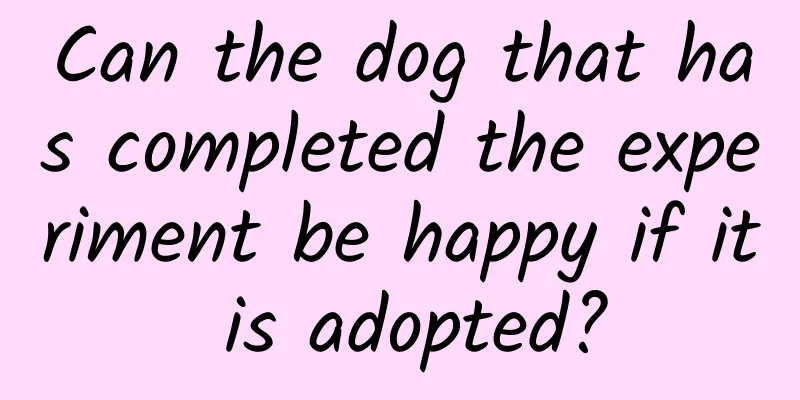Don’t you know how to place points when making products? An article teaches you

|
How did I do the tracking and how did I learn and use SQL? Let me share my practical experience in embedding points below, I hope it can be of some inspiration to you. 1. What is a buried point?Every operation on the App can be regarded as a behavior, such as clicking a button or staying on a certain page for a certain period of time. And embedding data is the technical means to record these behaviors. From a process perspective, after defining user behaviors (clicks, stays, inputs, etc.), technically embedding code to capture and process → Send return → present the result, so that the user operation data is obtained. 2. Classification of tracking points: page tracking points and event tracking pointsPage embedding: triggered when the page is about to be displayed. For example, if we want to count the page visits, the number of visitors (UV) and the number of visits (PV), we will use page embedding. Event tracking: also called behavior tracking, triggered when an element (button, etc.) on the page is clicked. Combined with page embedding, such as product UV click-through rate = product click UV ÷ product exposure UV, it is used to judge the user's preference for the product. 3. How to bury the points?1. Conventional method of embedding pointsTake the Umeng platform used by our company as an example. What the product needs to provide is the embedding document, as shown below: Let me share some naming ideas and standards. First, look at the page in the first column, specifically the part in red font. A01-Homepage → A0105 Click XX button (event tracking point) → A010501-Enter XX list page (page tracking point). The two pages are triggered by clicking the button, and we do the same when naming. The advantage of doing this is that when you sort out the points yourself, there will be no repetition and no logical confusion. The above is the basic logic of naming. Let’s take a look at the naming standards, which are also based on the ideas of friends in large companies. Page embedding point: composed of uppercase and lowercase English letters + "_". Event tracking: It is composed of page tracking + ".behavior". Behavior consists of English letters (uppercase and lowercase). For example, see the blue font part in the above picture: monitor → monitor.search →monitor_search → monitor_search.back. The above are all conventional methods, and they can all be reused, but there is another situation that must be considered: what if a function button is available on multiple pages? 2. How to use key and value in tracking?Take the behavior of sharing pictures as an example. It must have multiple entrances. For example: If you follow the above method, you need to do N events. Compare method 2 with adding key and value, as shown below: To share pictures, we only need to define an event, and then determine the page source (key) and multiple page names (value). Finally, I will attach my application in the tracking document, as shown in the red font part below: Of course, there were some problems when I did this. In fact, the sharing channels can also be classified as key (value), just like the blue font part, which is organized as shown below: So, why do I say it is better to use key(value)? Let me illustrate this with an example of an analysis scenario. 3. Method 1 multiple events, compared with method 2 key (value).Assume a scenario: we want to analyze the overall sharing behavior of users (WeChat + QQ + DingTalk) over N days, and how many sharing behaviors were generated on page A. We use a mind map to compare different approaches to solving two problems. Did you notice? If you are doing multiple event tracking, you have to find all the events during analysis. What about using key(value)? You just need to find an event and select the corresponding value. Here are the benefits of this approach: (1)Reduce the maintenance cost of multiple events. If a page for sharing pictures is added in subsequent functional iterations, you only need to add one more value. (2) Improve data analysis efficiency. When we analyze sharing, we only need to select one event. (3) Use the Youmeng platform for free. Umeng only provides 500 free events, so save as much as you can. Therefore, when doing tracking, you should consciously use key (value) values, which is good for both yourself and the development. Of course, not all tracking points need to be named with an event ID and a key (value). I have summarized several standards as follows: (1) Multiple event points of the same type; (2) There are event points that can be expanded; So far, it is only the part where the product manager sorts out his ideas, but how can it be reflected in the product plan, that is, PRD? 4. Tracking and PRD DocumentationTaking my current output as an example, I will divide it into several parts on PRD, as shown in the figure below. After the requirements review, that is, after the UI design drawings are completed, I will synchronize them. From the perspective of the development process, tracking points are done last and will not affect their progress. From the perspective of product solutions, this page will basically not be reviewed to avoid rework, and the tracking points also need to be marked on the design drawing. Take the page tracking point mentioned above: monitor → monitor.search →monitor_search → monitor_search.back as an example, as shown below: Mark the name of the embedding point on each page and give it to the developer. For Umeng, product managers are required to import txt tracking documents in batches. You will understand this part after just taking a look at it, so I will not elaborate on it. Final ThoughtsThe above is the first half of data collection, which mainly shares how to do data embedding, and it is also quite versatile. But then again, embedding data is just a means. What is important is how to use data for analysis to make your decision more objective. I hope the above sharing can give you some inspiration~ Author: Empty Source: Empty |
<<: CEO live streaming is not for selling goods!
>>: Analysis of the full activity of Zebra AI course APP for old and new students
Recommend
MOTO 360 second generation has upgraded performance and battery life
Unlike the Android-powered Nexus, Google has not ...
The sun sneezes, and the spacecraft is caught in the crossfire
The increasing frequency of human space activitie...
Why can't we say "good luck" when flying? Weather has such a big impact on flights!
The May Day holiday has arrived. How many of you ...
From the ground to the sky, maybe this is the future of mobile phones?
Introduction In ancient times, people basically c...
About to be "launched", what happened to the United Launch Alliance?
Recently, according to foreign media reports, the...
You may not know that iPhone can also scan QR codes like this
If I tell you that the iPhone's native camera...
China App Store free app rankings: QQ and Kuaishou dropped out of the top ten in October
Qimai Data released the application ranking list ...
Comprehensive plan for Tik Tok short video marketing and promotion in 2019!
Follow the official account " Operation Uncl...
From direct drive to essence washing, Haier washing machines create a "consumption trend"
Washing machines are a traditional category in th...
iOS 18 has been updated again, bringing many new features!
This morning, Apple pushed out iOS 18 Beta 3, two...
Where can I drink and taste tea in Changsha?
185-6916-1745 WeiQ is reliable, Changsha high-end...
360 Mobile executives make their debut: Zhou Hongyi fights Lei Jun again
96 days after injecting US$409 million into Coolp...
Start with these four aspects to become a great CTO
[[151585]] This is an invisible war. The troublem...
Ministry of Industry and Information Technology: Pop-up ads are strictly prohibited in elderly-friendly apps, and websites must provide extra-large fonts
IT Home reported on April 7 that in order to carr...
Understand brand communication and marketing in 3 sentences!
This tweet starts off by talking about disseminat...









